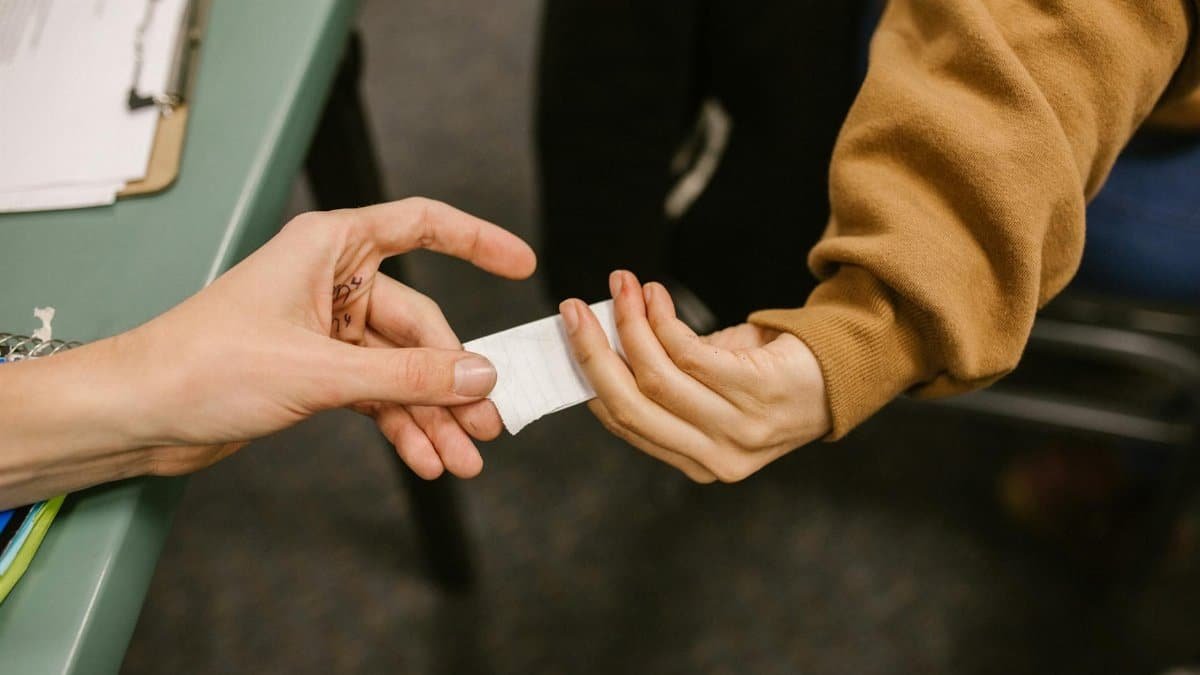Is 90 second grounding really the quick fix for anxiety that everyone claims? This rapid mental health technique, gaining traction across the U.S., promises to halt panic spirals in just a minute and a half. Therapists are increasingly recommending it as a go-to tool for clients battling stress or overwhelming emotions. With anxiety disorders affecting over 40 million Americans, according to the National Institute of Mental Health, simple, effective strategies like this are in high demand. Here’s why this method is making waves.
What Is 90 Second Grounding?

At its core, 90 second grounding is a fast, structured technique to anchor yourself during moments of emotional distress. It’s designed to interrupt spiraling thoughts by engaging your senses and refocusing your mind on the present. Therapists note it’s particularly useful for anxiety, panic attacks, or even everyday stress. The method typically follows a three-step sequence that can be done anywhere, anytime, making it a practical tool for those on the go.
How Does It Work?

The technique hinges on a simple framework often called the 5-4-3-2-1 method. First, name five things you see around you. Then, identify four things you can touch. Next, list three things you hear, followed by two things you smell, and finally, one thing you taste. This sensory countdown forces your brain to shift focus from internal chaos to external reality, often within 90 seconds. It’s a reset button for your nervous system.
Why Therapists Endorse It

Therapists are drawn to 90 second grounding for its simplicity and accessibility. Unlike meditation or deep breathing, which may require practice or a quiet space, this method can be deployed instantly, even in a crowded room. Dr. Jane Miller, a clinical psychologist, says, “It’s a lifeline for patients who feel overwhelmed in public settings. It’s discreet and effective.” Studies, like those summarized by the American Psychological Association, highlight how sensory-based interventions can reduce acute stress responses.
Who Can Benefit Most?

This technique is especially helpful for individuals with anxiety disorders, PTSD, or those prone to dissociation. It’s also gaining popularity among students and professionals facing high-pressure environments. In 2025, with mental health challenges on the rise due to economic and social stressors, quick tools like this are becoming essential. Anyone seeking a fast way to regain control during emotional spikes can find value in this approach.
Limitations to Consider

While effective for many, 90 second grounding isn’t a cure-all. It works best for momentary distress rather than deep-seated trauma or chronic conditions, which may require therapy or medication. Some users report feeling self-conscious doing it in public, especially if they’re vocalizing observations. Therapists advise practicing privately first to build confidence before using it in high-stress situations.
How to Get Started

Start by memorizing the 5-4-3-2-1 sequence and test it during a calm moment to familiarize yourself. When a wave of anxiety hits, run through the steps methodically, focusing on each sense. Keep your observations specific—don’t just say “chair,” note its color or texture. With practice, the process becomes second nature, often taking less than 90 seconds to bring a sense of calm. It’s a small investment for a big mental health payoff.
